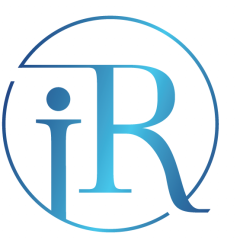By Ranukka Singham, Founder and Certified Image & Branding Consultant at Image Revamp PLT
In my experience of coaching professionals and corporate employees on personal branding, I often realize that to a number of people, personal branding feels like an investment. You know it’s important and would pay off over time, there is a lot of information available online, and everyone seems to have their own take on it. And because of this, you really don’t know where to start.
If that’s you, don’t worry. I got you covered. Let me guide you through 4 steps you need to take in beginning your personal branding journey.

Step 1: Identify who is your target audience
One of the characteristics of a successful personal brand is if it is relatable to the right people. The target audience could be your ideal client or even your colleagues/ boss/ subordinate for those of you that are under employment. Once you are able to list down their traits in specificity, it would be easier to ensure your brand is able to speak to them better
Step 2: Establishing your USP
This might look like a humble brag exercise but trust me, it is crucial to give some thought to. Part of creating your brand is to ensure this helps you not only match your substance with your perception but also to stand out in the crowd. List down what makes you unique and different compared from your other counterparts. Don’t be shy about it and try listing down as many as you can. Once you have the list, it is important to then shortlist 5 USPs of yourself that are relevant to what you do.

Step 3: What’s your “personal brand elevator pitch”
If you were to be given a chance to share one sentence about who you are and what you do, what would that sound like? This is particularly important especially when people are interpreting your brand when you are not present. When you are able to sum this up into a sentence, it helps you stay focused on your brand identity and be consistent as well.
Step 4: Make sure your offline brand is consistent with your online brand.
I have seen too many individuals that aren’t able to level their social media persona with how they are in real life. They might sound assertive and professional online but quite reserved in a networking event. Another is having a corporate look online but then attending a business meeting in a dress that is better suited for a cocktail party. A gap between your online and offline appearance could be detrimental to your overall personal brand. Be consistent in this. Don’t do a brand “catfishing” (look that up if you don’t know what it means). Hope these tips would help you plan your personal brand journey better. Focusing on your brand is never a luxury but a necessity in your career. If you don’t define your brand, someone else would do it for you.
















